Surgery is undergoing a quiet transformation — not just through technology, but through design. From 3D-printed hearts that help doctors plan complex procedures to tiny soft robots that could one day operate inside the body, and wearable chairs that support surgeons during long operations, designers are rethinking every stage of the surgical experience. These innovations show that the future of surgery isn’t just about precision tools — it’s about human-centered solutions that reshape how we heal.
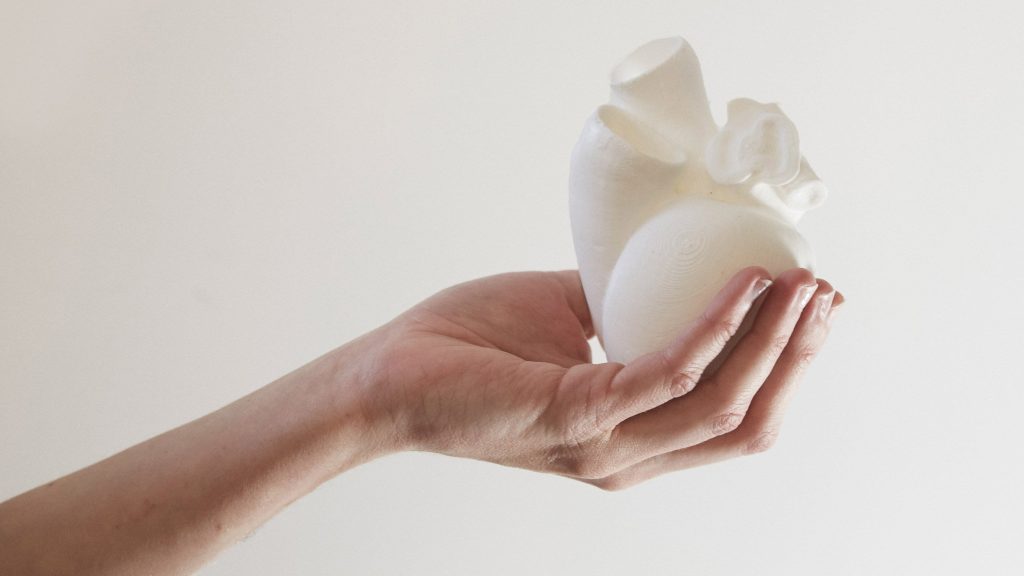
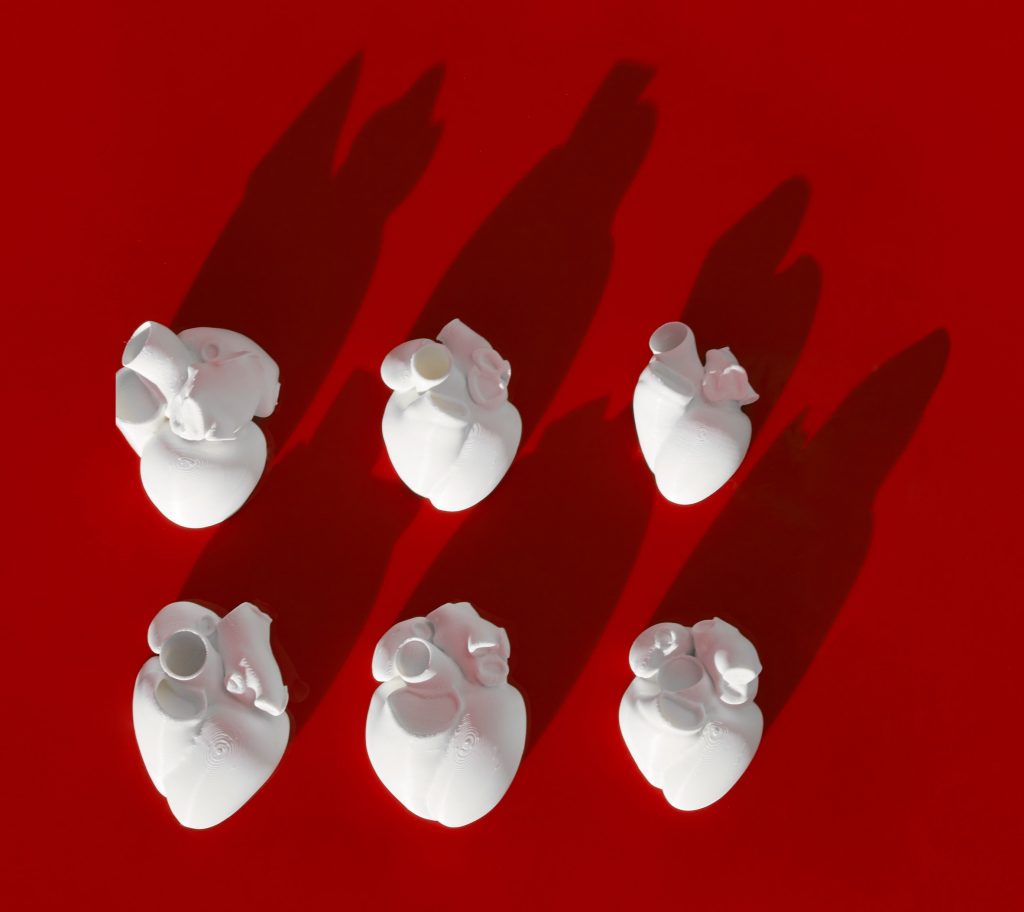
Big Heart Data by Cellule (also header image)
Imagine holding your own heart in your hands before going under the knife. That’s exactly the kind of experience London-based design studio Cellule is bringing to life with Big Heart Data, a groundbreaking project that creates personalised digital and 3D-printed models of patients’ hearts. Developed in collaboration with King’s College London’s Department of Biomedical Engineering, the initiative explores how medical imaging, computational modeling, and bio-based printing can revolutionise surgical planning for heart transplants and interventions.
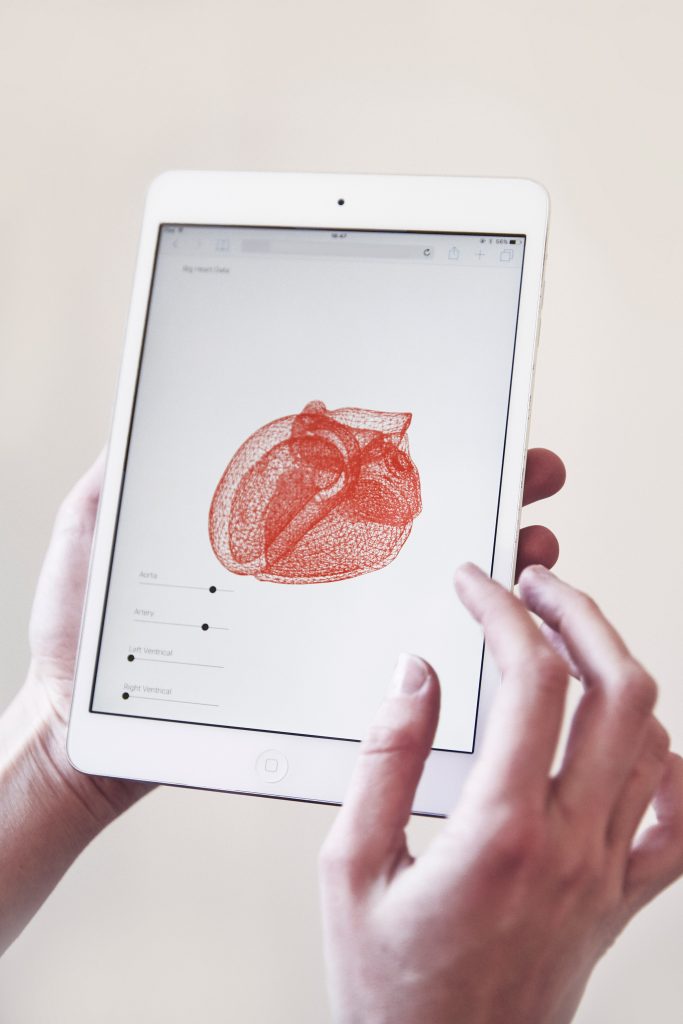
Big Heart Data by Cellule
The process begins with advanced MRI scans and modeling software that capture not only the shape of a patient’s heart but also its function. The resulting models can be rendered in detailed 3D prints, made from a sustainable PLA plastic derived from sugarcane. These tangible hearts serve as tools for surgeons to plan intricate procedures with unprecedented accuracy reducing surprises in the operating room and allowing for more tailored treatments. For patients, the models provide a powerful visual and tactile way to understand what’s happening inside their own bodies.
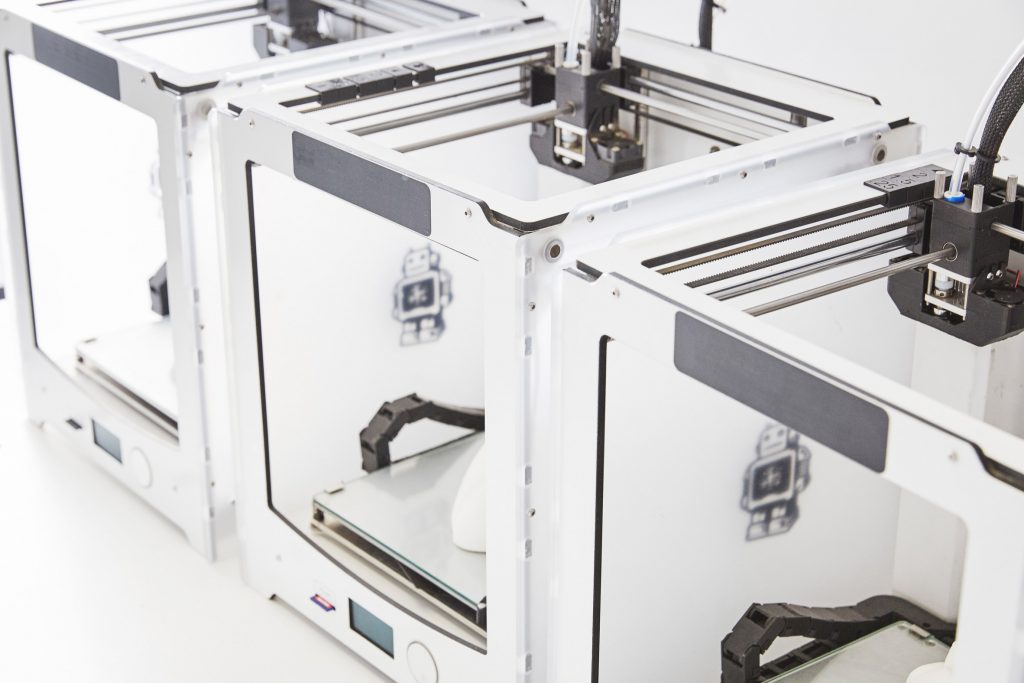
Big Heart Data by Cellule
More than just a technical breakthrough, Big Heart Data is a speculative design project that raises important questions about the future of personalised medicine. Designer Salomé Bazin, who leads Cellule, envisions a healthcare system where patients are no longer passive recipients but active participants in their treatment. And while the vision may still be a decade away from widespread adoption, the technology is already functioning in real-world clinical environments.
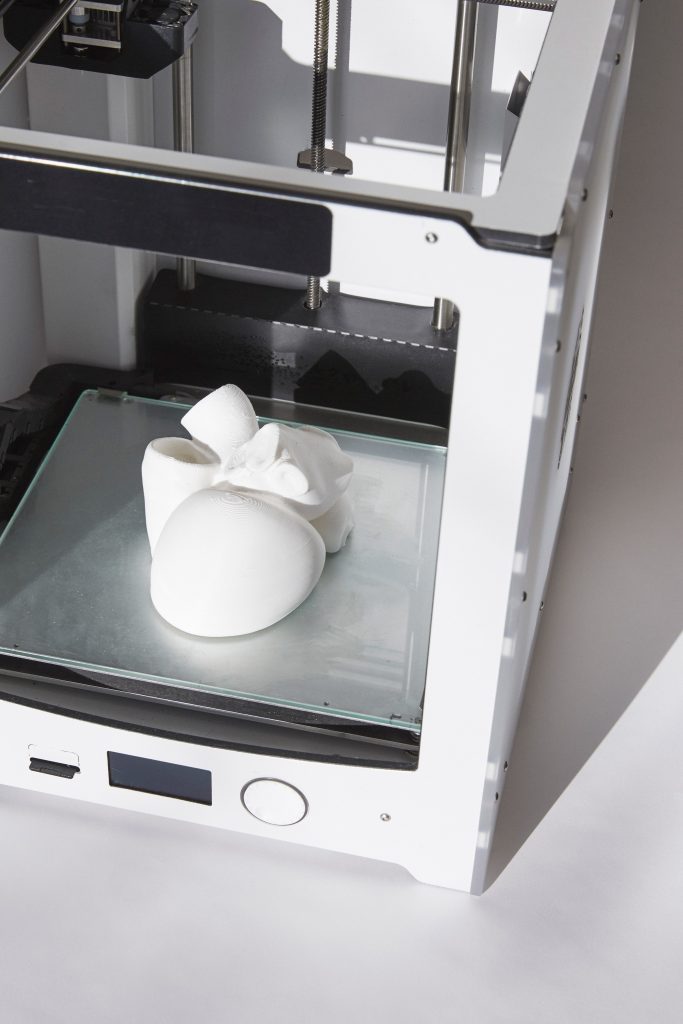
Big Heart Data by Cellule
Thanks to partnerships with 3D-printing firms like BatchWorks, these heart models are being produced affordably and at scale. As they begin appearing in surgical theaters and public exhibitions alike, the conversation around personalised surgery is shifting, from concept to practice.
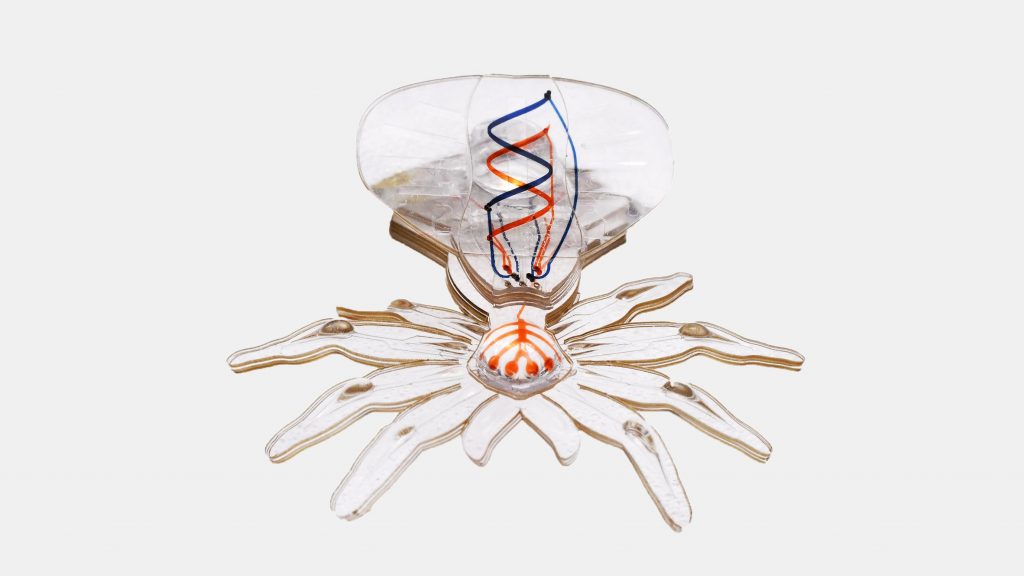
Robotic spider by the team at Harvard University
At Harvard University, researchers have developed a robotic spider that’s roughly the size of a penny,which is designed to navigate the human body. Inspired by the vividly colored Australian peacock spider, this tiny robot showcases a radical new soft-material fabrication method that could one day make minimally invasive surgery far less invasive. The team behind the innovation, working across the Wyss Institute, Harvard’s School of Engineering and Applied Sciences, and Boston University, sees huge potential for these creatures in microsurgery and diagnostics.
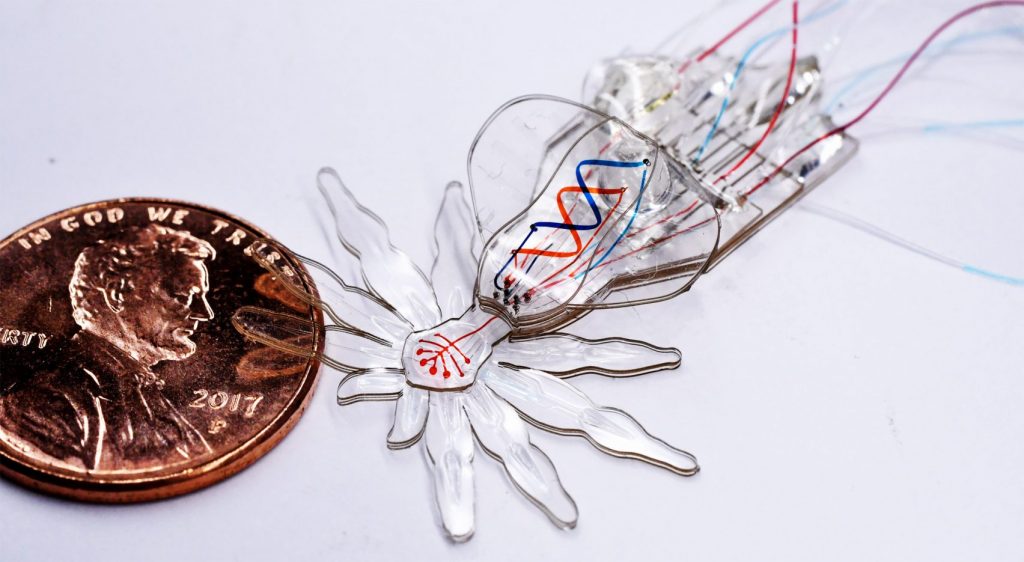
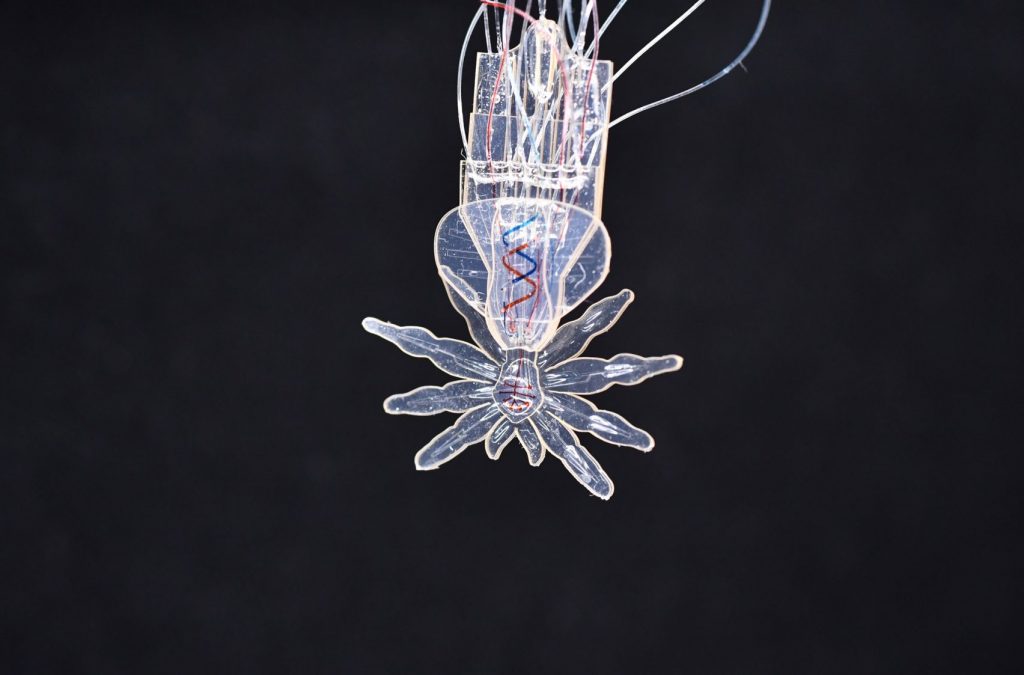
Robotic spider by the team at Harvard University
The technology behind these miniature machines is as intricate as the robots themselves. The fabrication process, dubbed MORPH (Microfluidic Origami for Reconfigurable Pneumatic/Hydraulic devices), involves layering ultra-thin sheets of silicone rubber, laser-cut with precise grooves. Into these grooves, the researchers inject phase-changing materials — such as a resin that hardens under UV light — which allows them to program the robot’s movement and structure. Once activated, the spider folds itself into shape, a feat akin to origami but performed at a microscopic scale.

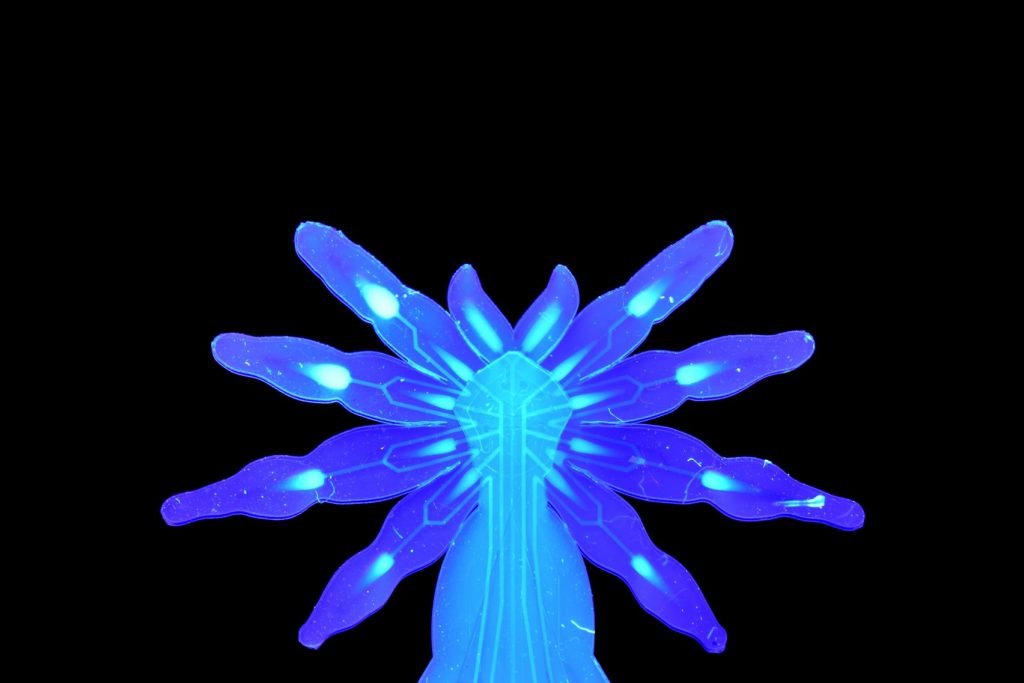
Robotic spider by the team at Harvard University
What makes MORPH especially significant is its ability to pack unprecedented complexity into something so small and soft. Unlike previous soft robots at this scale that had only one or two degrees of movement, the Harvard spider boasts 18 degrees of freedom, including the ability to change shape, crawl, and even alter its appearance. While still in the research phase, this could be a game-changer for procedures that require navigating through tight or delicate internal spaces, like arteries, intestines, or neural pathways, where traditional tools might cause damage.
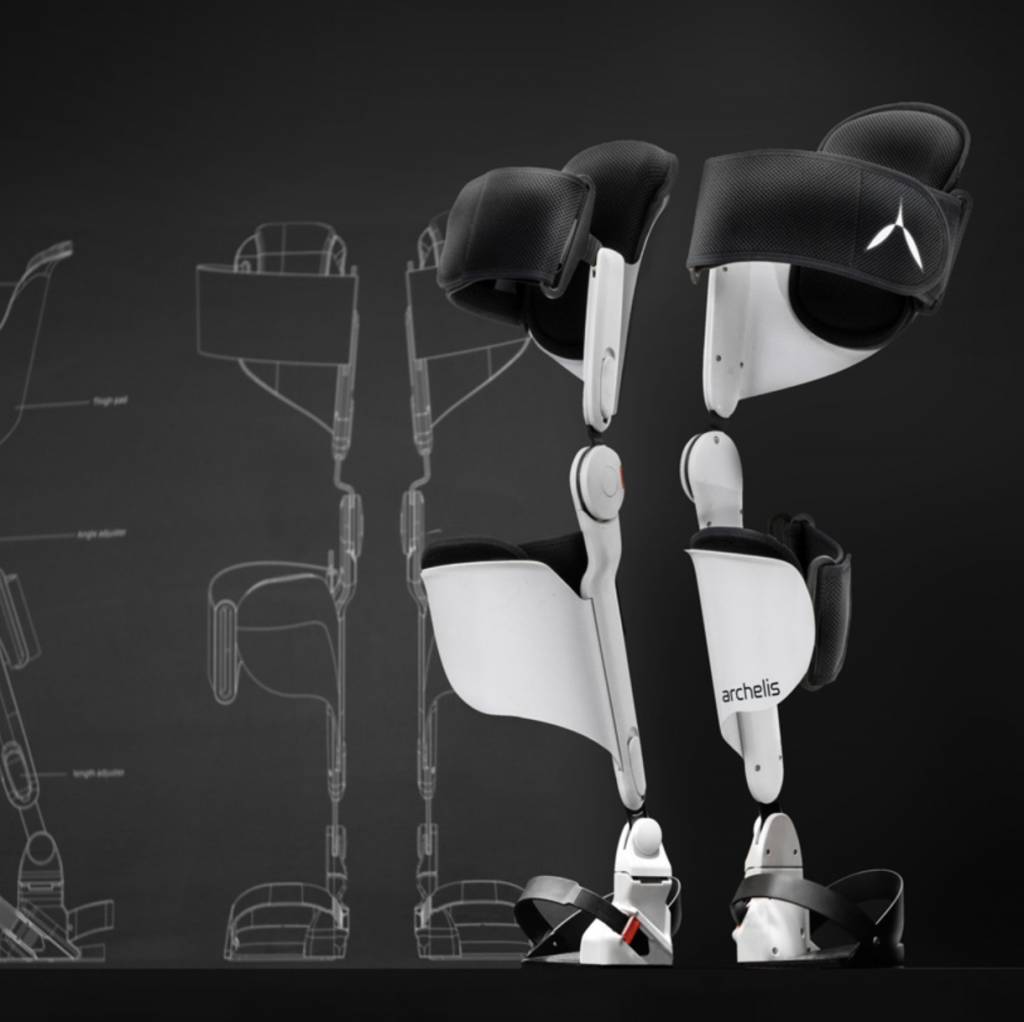
Archelis by Hiroaki Nishimura
As we venture deeper into the intersection of design and surgical innovation, our final story shifts from internal robotics to something strikingly simple yet profoundly impactful. In the high-stakes world of surgery, hours can stretch on, and even the most experienced surgeons are not immune to physical fatigue. Enter Archelis, a wearable chair from Japan that’s less about sitting down and more about smart support. A winner of the Japan GOOD DESIGN Award, this deceptively low-tech device is solving a very real problem: helping surgeons maintain stability and comfort during prolonged procedures without compromising mobility.
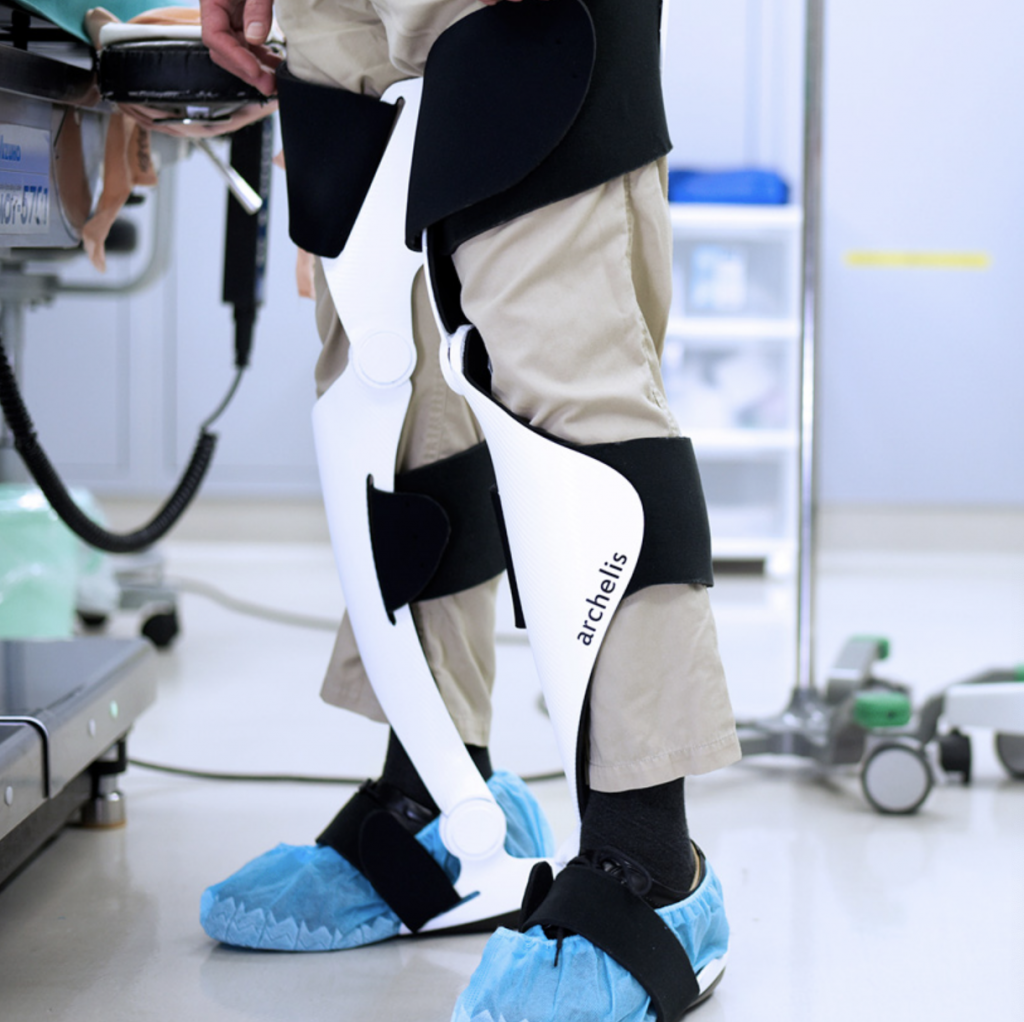
Archelis by Hiroaki Nishimura
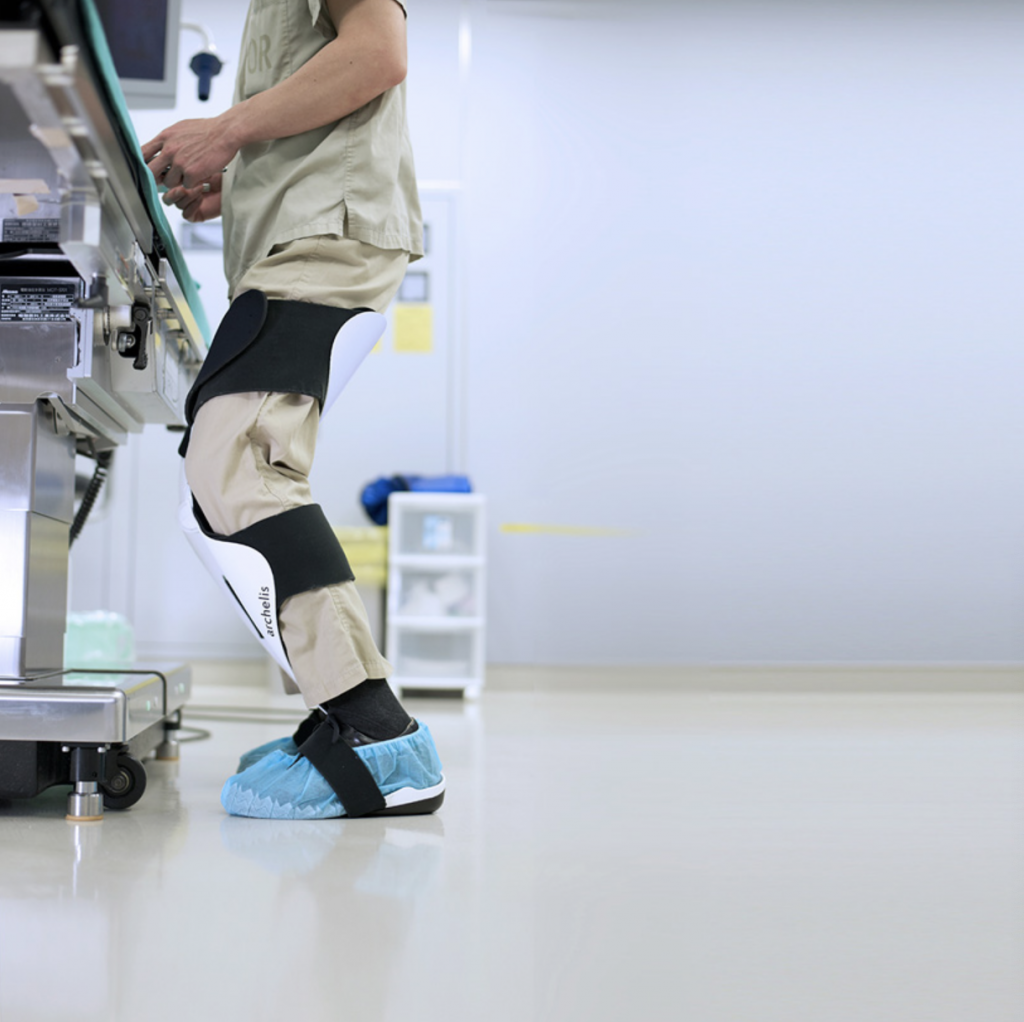
Archelis by Hiroaki Nishimura
Developed by designer Hiroaki Nishimura for Japanese firm NITTO, Archelis (meaning “walkable chair”) wraps around the legs and supports the body by distributing weight across the shins and thighs. Unlike traditional stools or chairs, which interfere with movement or require the surgeon to fully sit, Archelis allows the user to stand and rest at the same time. It’s a wearable exoskeleton of sorts, completely passive, requiring no electricity, no motors, and no cables, making it both safe and hygienic for use in sterile environments like the operating room.
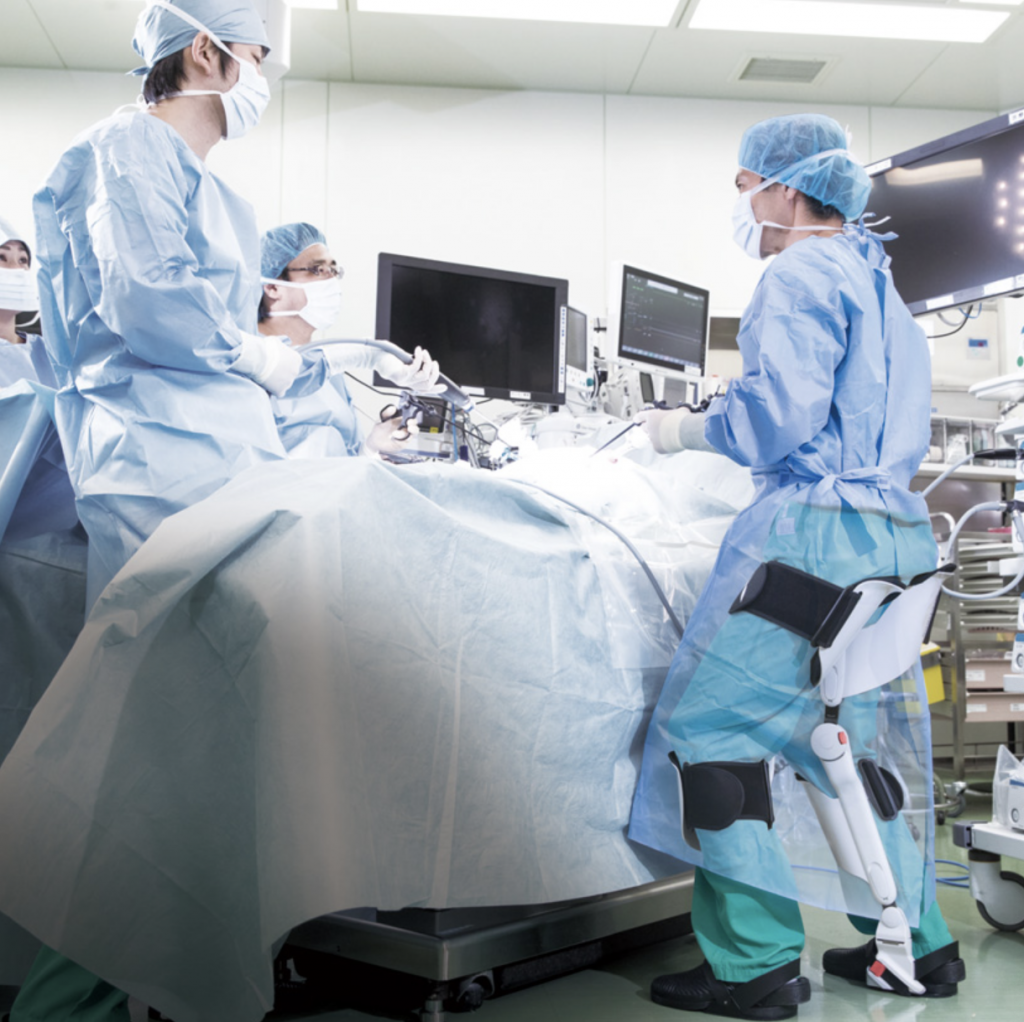
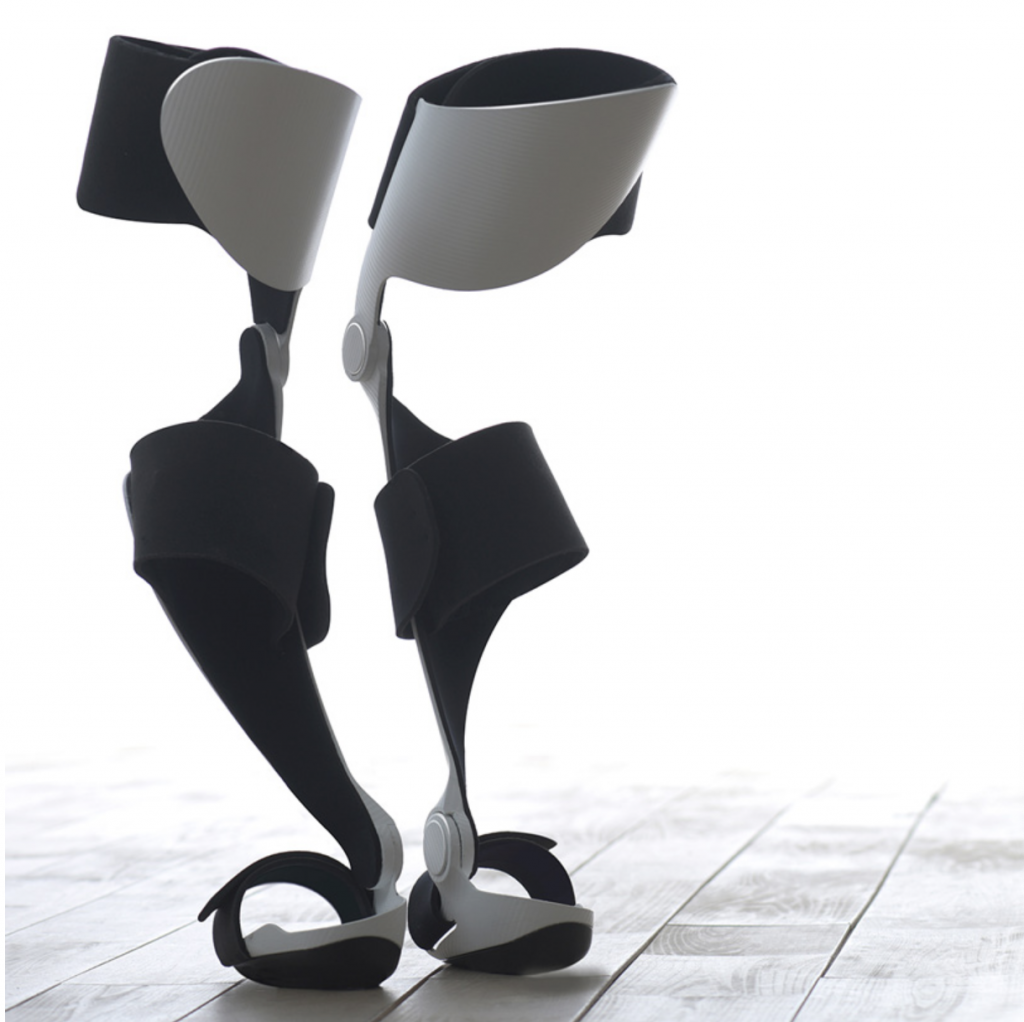
Archelis by Hiroaki Nishimura
What makes Archelis particularly clever is its modular, leg-separated design. Each leg brace adjusts individually, letting the wearer lock into a stance that suits their unique body mechanics. This is crucial for procedures like laparoscopic surgery, where a surgeon must keep their torso immobile while manipulating tools with millimeter precision. Archelis helps maintain this delicate balance, reducing muscle strain and boosting endurance, ultimately minimizing the risk of error caused by fatigue.
In a field where innovation often leans on high-tech, this wearable chair proves that sometimes the most revolutionary ideas are the ones that get back to basics — comfort, posture, and support.